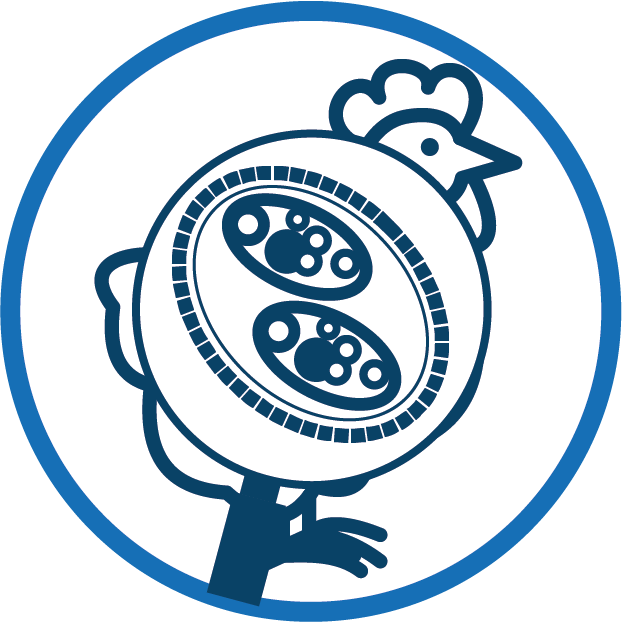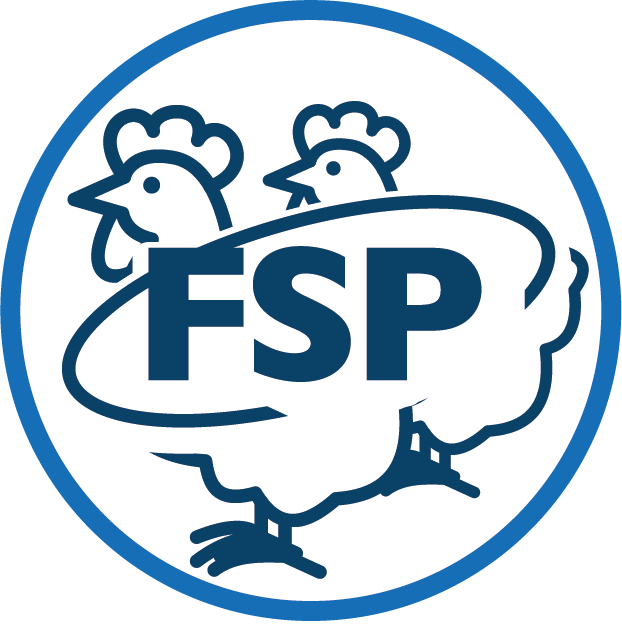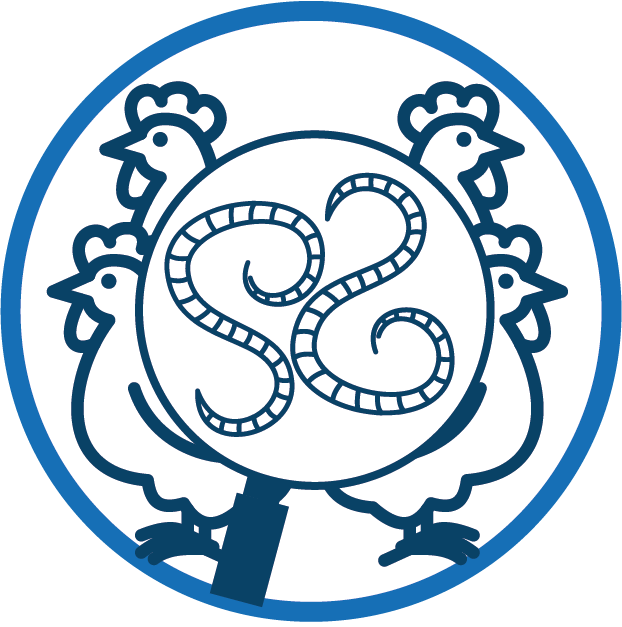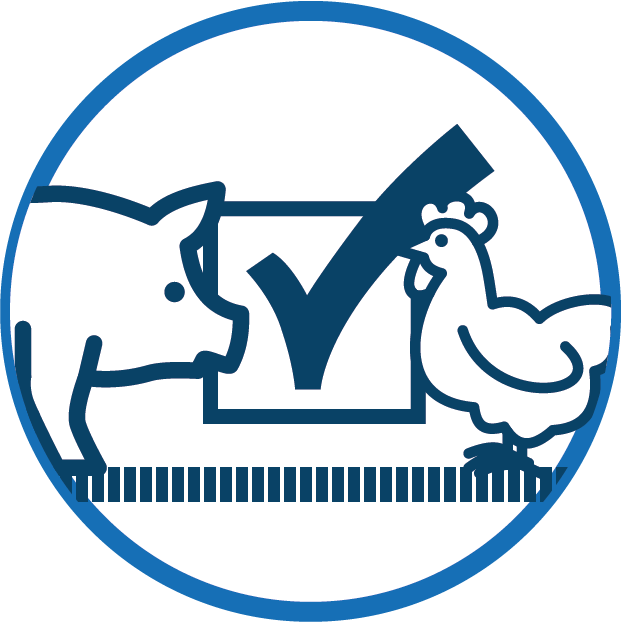ß-Mannans (ß-galactomannans) are non-starch polysaccharide (NSP) fibres found in leguminous feed ingredients including soybean meal. The animals’ innate immune system recognizes ß-mannans as an intruder because they have a similar molecular
pattern to some pathogens.
1,2,3,4,5 This triggers an innate immune response which consumes energy and nutrients.
6,7,8,9 Even small amounts of ß-mannans trigger the response. The presence of the ß-mannan fibres causes
the diversion of energy away from growth.
6-9(It also reduces nutrient absorption
12,13 and lowers secretion of insulin.
10,11) This response can consume about 3% of total metabolisable energy.
14
A health enzyme can be used to combat this. It works by breaking down ß-mannans in soybean meal and other common feedstuffs.
12,14 By acting on the ß-mannans in the feed, the innate immune response is minimized. The resulting
breakdown product created does not trigger the Feed-Induced Immune Response (FIIR). Instead, the animal’s body directs energy to growth and performance.
6-9
References
- Song, W., Wang, G., Chen, L. et al. 1995. “A Receptor Kinase-Like Protein Encoded by the Rice Disease Resistance Gene, Xa21.” Science. 270: 1804-1806.
- Beutler, B., Jiang, Z., Georgel, P. et al. 2006. “Genetic Analysis of Host Resistance: Toll-Like Receptor Signaling and Immunity at Large.” Annu. Rev. Immunol. 24: 353-389.
- Ausubel, F. 2005. “Are innate immune signaling pathways in plants and animals conserved?” Nature Immunol. 6(10): 973-979.
- Didierlaurent, A., Simonet, M. and Sirard, J-C. 2005. “Innate and acquired plasticity of the intestinal immune system.” Cellular and Molecular Life Sciences. 62: 1285- 1287.
- Stahl, P. and Ezekowitz, R. 1998. “The mannose receptor is a pattern recognition receptor involved in host defense.” Curr. Opin. Immunol. 10(1): 50-55.
- Spurlock, M. 1997. “Regulation of metabolism and growth during immune challenge: an overview of cytokine function.” J. Anim. Sci. 75: 1773-1783.
- Gabler, N. and Spurlock, M. 2008. “Integrating the immune system with the regulation of growth and efficiency.” J. Anim. Sci. 86: E64-E74.
- Korver, D. 2006. “Overview of the Immune Dynamics of the Digestive System.” J. Appl. Poultry Res. 15: 123-135.
- Klasing, K. 2007. “Nutrition and the immune system.” Br. Poult. Sci. 48(5): 525-537.
- Leeds, A. and Kang, S. 1980. “The pig as a model for studies on the mode of action of guar gum in normal and diabetic man.” Proc. Nutrition Society 44A.
- Sambrook, I. and Rainbird, A. 1985. “The effect of guar gum and level and source of dietary fat on glucose tolerance in growing pigs.” Brit. J. Nutr. 54(01): 27-35.
- Lee, J., Bailey, C. and Cartwright, A. 2003. “ß-Mannanase Ameliorates Viscosity-Associated Depression of Growth in Broiler Chickens Fed Guar Germ and Hull Fractions.” Poultry Sci. 82: 1925-1931.
- Couch, J., Bakshi, Y., Ferguson, T. et al. 1967. “The effect of processing on the nutritional value of guar meal for broiler chicks.” Brit. Poultry Sci. 8(4): 243-250.
- Daskiran, M., Teeter, R., Fodge, D. and Hsiao, H. 2004. “An Evaluation of Endo-ß-D-mannanase Hemicell™) Effects on Broiler Performance and Energy Use in Diets Varying in ß-mannan Content.” Poultry Sci. 83: 662-668.






